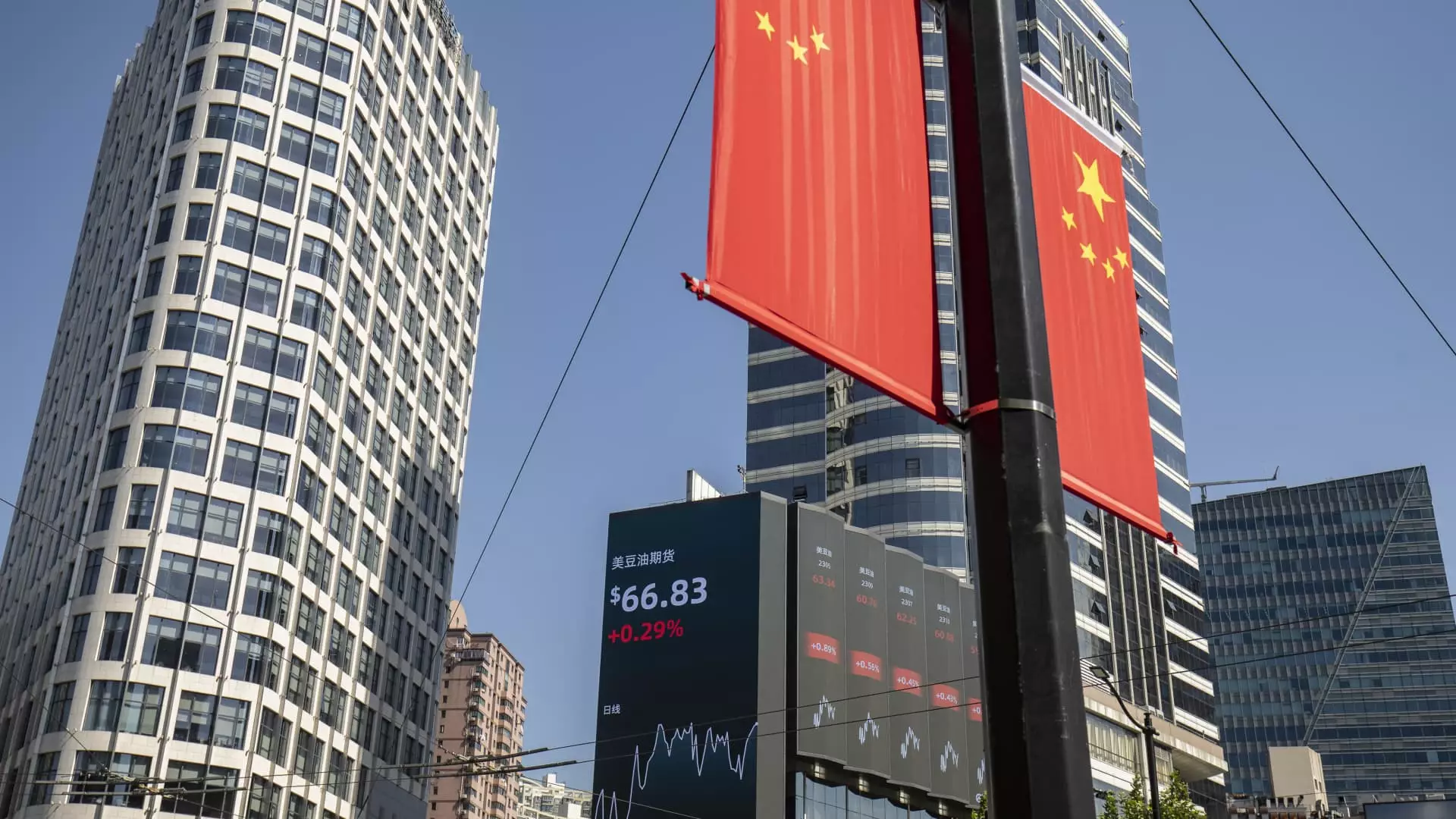In the ever-evolving world of exchange-traded funds (ETFs), investors are constantly on the lookout for opportunities in emerging markets. Two distinctive approaches are currently gaining attention in China’s burgeoning investment landscape: the Rayliant Quantamental China Equity ETF and the Roundhill China Dragons ETF. Each of these funds employs a unique strategy aimed at tapping into the immense potential of Chinese equities, yet they cater to very different investor preferences and market philosophies.
Launched recently, the Roundhill China Dragons ETF focuses on a concentrated selection of just nine major Chinese companies. According to Roundhill Investments CEO Dave Mazza, the intention behind this strategy is to mirror characteristics of significant players within the U.S. market. This concentrated investment style is grounded in the belief that these mega-cap companies will dominate the market, akin to their American counterparts. However, this approach carries inherent risks; since its inception on October 3, the Roundhill China Dragons ETF has faced a notable decline of nearly 5%, reflecting the challenging market conditions these high-profile stocks are navigating.
Conversely, the Rayliant Quantamental China Equity ETF offers a radically different approach by focusing on local stocks that are not commonly known to U.S. investors. Founded in 2020, this ETF is driven by the insights of Jason Hsu, chairman and chief investment officer of Rayliant Global Advisors. Hsu emphasizes the importance of gaining exposure to lesser-known yet potentially high-growth local Chinese companies. He indicates that significant opportunities lie within industries like food and beverage, where some businesses may outpace traditional tech stocks in growth. This strategy highlights a kind of hyper-local investing that seeks to uncover underappreciated growth prospects that U.S. investors may overlook.
As of the latest data, the Rayliant Quantamental China Equity ETF is up over 24% this year, showcasing a stark contrast in performance compared to its Roundhill counterpart. This discrepancy raises essential questions about the effectiveness of differing investment philosophies during current economic circumstances. While major companies may promise substantial returns, it is essential to recognize the volatility and risk associated with concentrated investments.
On the other hand, tapping into local knowledge—a foundational principle of the Rayliant approach—could yield significant rewards, especially in a rapidly changing market like China’s. Hsu’s assertion that many high-growth opportunities may be found in sectors unrelated to technology offers a refreshing perspective, one that can potentially lead to sustainable investment growth.
The diverging paths represented by these two ETFs highlight not only the diverse nature of the Chinese market but also the varying philosophies on how to approach investments within it. Investors must weigh the stability of investing in well-known giants against the potentially higher growth yields of local enterprises. As the Chinese economy continues to navigate a complex landscape, understanding these nuances will be pivotal in deciding where to allocate capital for optimal returns.

